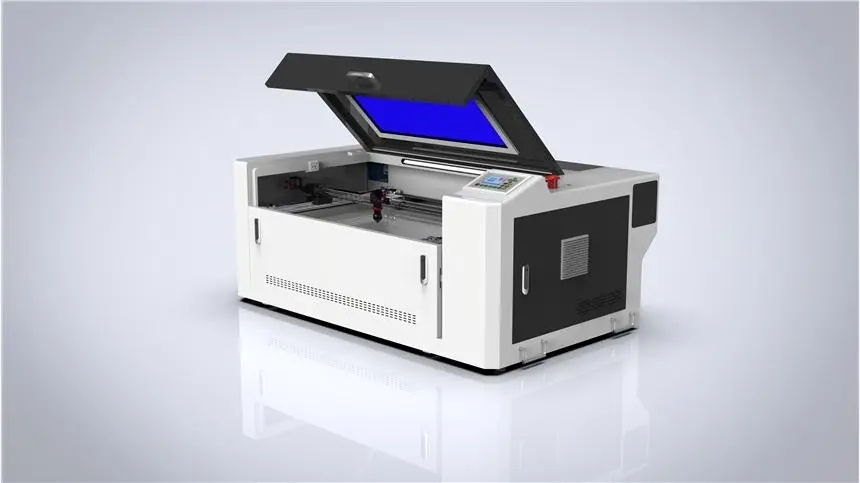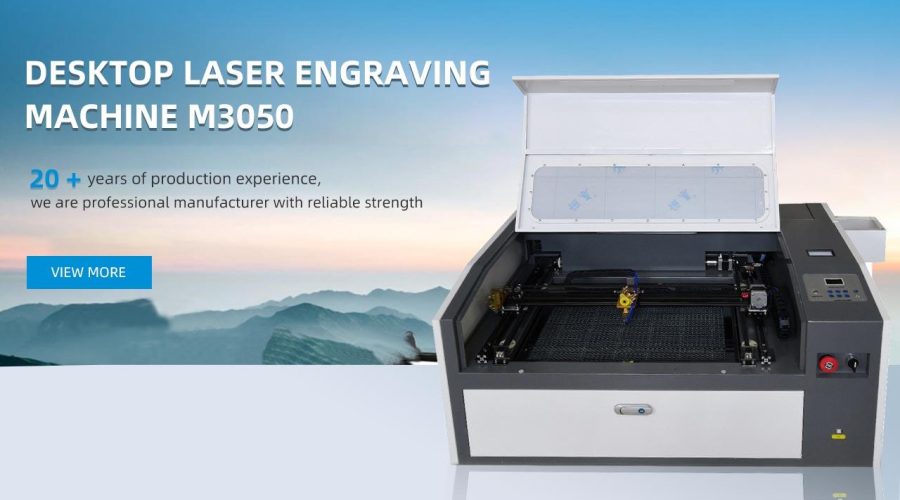What to Know About Using a Laser Cutter for Materials: A Guide to Efficiency and Precision
Understanding Laser Cutters
Before diving into the details of using a laser cutter for materials, it is essential to understand what a laser cutter is. A laser cutter is a powerful machine that uses a focused beam of light to cut through various materials with precision and accuracy. This cutting method is commonly preferred over traditional methods due to its ability to produce intricate designs and minimize material waste.
When using a laser cutter, it is important to consider several factors such as the type of material being cut, the thickness of the material, and the power of the laser. By understanding these variables, one can achieve optimal efficiency and precision in their cutting process.
Materials Suitable for Laser Cutting
Laser cutters are versatile machines that can cut through a wide range of materials, including:
- Wood: Laser cutters can easily cut through different types of wood, such as softwoods and hardwoods.
- Acrylic: Acrylic is a popular material due to its clarity, and laser cutting can produce smooth and clean edges.
- Metal: Certain types of laser cutters are capable of cutting through thin sheets of metal, offering precise results.
These are just a few examples of the materials that can be cut with a laser cutter. It is important to consult the machine’s manual or seek guidance from the manufacturer to ensure that the chosen material is suitable for laser cutting.
Tips for Efficient and Precise Laser Cutting
1. Properly prepare the material: Before cutting, ensure that the material is clean and free from any debris that could affect the cutting process. Additionally, adjust the material securely on the laser cutter bed to prevent any movement during cutting.
2. Choose the appropriate settings: Each material requires specific laser power and speed settings. Experiment with different settings to optimize the cutting process and achieve the desired results.
3. Use a test piece: When working with a new material, it is always a good practice to conduct a test cut on a small piece. This allows you to fine-tune the settings and ensure the desired precision before cutting the final piece.
Laser cutting is a valuable technology that offers exceptional precision and efficiency when working with various materials. By understanding the fundamentals and following a few guidelines, you can achieve remarkable results when using a laser cutter.
Frequently Asked Questions (FAQs)
Q: Can laser cutting produce intricate designs?
A: Yes, laser cutting is known for its ability to create intricate and detailed designs due to the precision of the laser beam. This makes it an ideal choice for projects that require complex patterns or delicate engravings.
Q: Are laser cutters suitable for industrial use?
A: Absolutely! Laser cutters are widely used in industries such as manufacturing, automotive, and aerospace. Their versatility and ability to work with different materials make them indispensable tools in various industrial applications.
Q: Can laser cutting be used on curved surfaces?
A: While laser cutting is primarily a flat cutting process, it is possible to cut curved surfaces with the help of specialized techniques such as 3D laser cutting. This method involves moving the laser along multiple axes to accurately cut complex shapes on curved surfaces.





